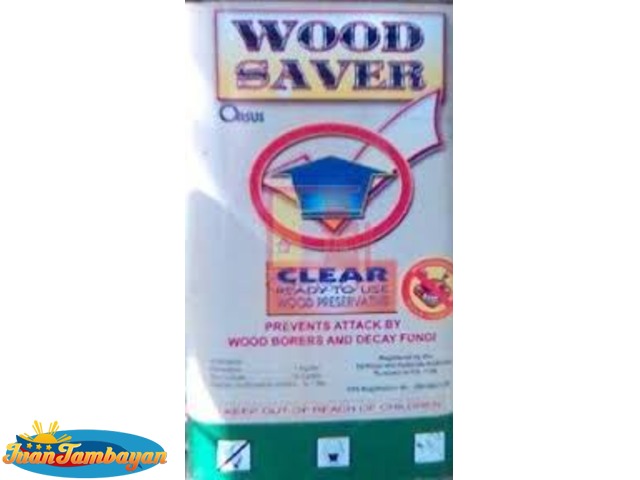
BROWN 12X1LITER 351 LESS30% LESS 10% DISCOUNT
BROWN 4X4LITER 1,053 LESS 30 LESS 10% DISCOUNT
CLEAR 12X1LITER 372.35 LESS 30% LESS 10% DISCOUNT
CLEAR 4 X 4 LITER 1,106.40 LESS 30% LESS 10% DISCOUNT
Registered Household Hazardous
WOODSAVER BROWN RTU WOOD PRESERVATIVE
PRODUCT NAME : WOODSAVER BROWN RTU WOOD PRESERVATIVE
COMPANY : Orsus Chemicals Corp.Termite Control Philippines - philippinepestcontrol,Home & Business Termite Control,Termite Control Philippines,leading termite and pest control
Termites are a group of eusocial insects that, until recently, were classified at the taxonomic rank of order Isoptera (see taxonomy below), but are now accepted as the infraorder Isoptera, of the cockroach order Blattodea.While termites are commonly known, especially in Australia, as "white ants", they are for practical purposes unrelated to the ants (although they are prey to some ants, including the acrobat ant).
Like ants, and some bees and wasps—which are all placed in the separate order Hymenoptera—termites divide labor among castes, produce overlapping generations and take care of young collectively. Termites mostly feed on dead plant material, generally in the form of wood, leaf litter, soil, or animal dung, and about 10% of the estimated 4,000 species (about 3,106 taxonomically known) are economically significant as pests that can cause serious structural damage to buildings, crops or plantation forests. Termites are major detritivores, particularly in the subtropical and tropical regions, and their recycling of wood and other plant matter is of considerable ecological importance.
As eusocial insects, termites live in colonies that, at maturity, number from several hundred to several million individuals. Termites communicate during a variety of behavioral activities with signals.[3] Colonies use decentralised, self-organised systems of activity guided by swarm intelligence which exploit food sources and environments unavailable to any single insect acting alone. A typical colony contains nymphs (semimature young), workers, soldiers, and reproductive individuals of both sexes, sometimes containing several egg-laying queens.
if interested pls text/call